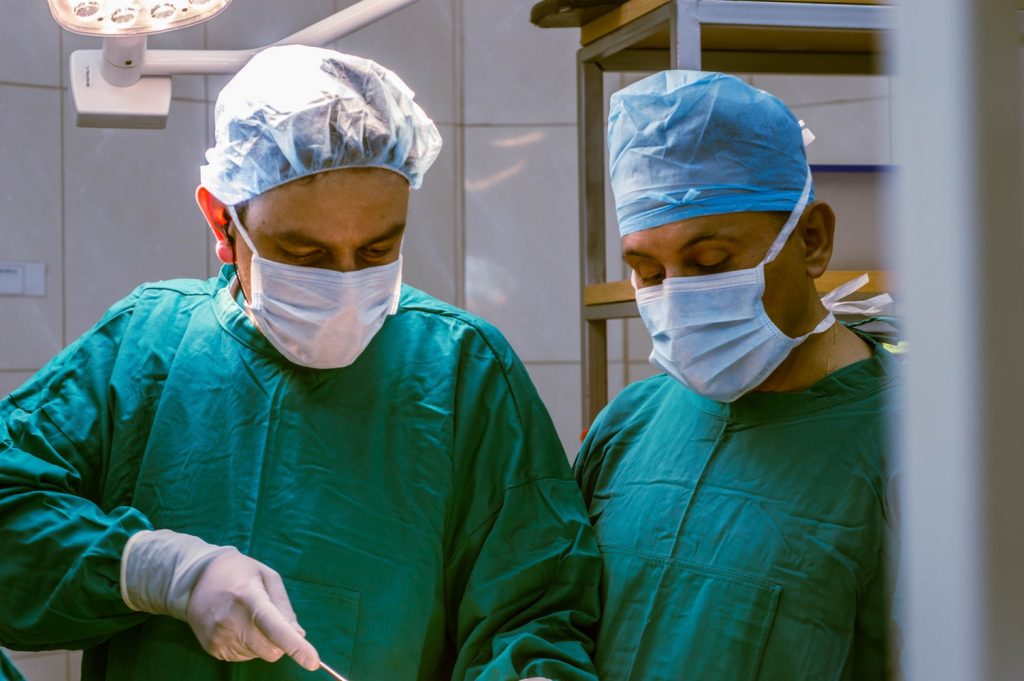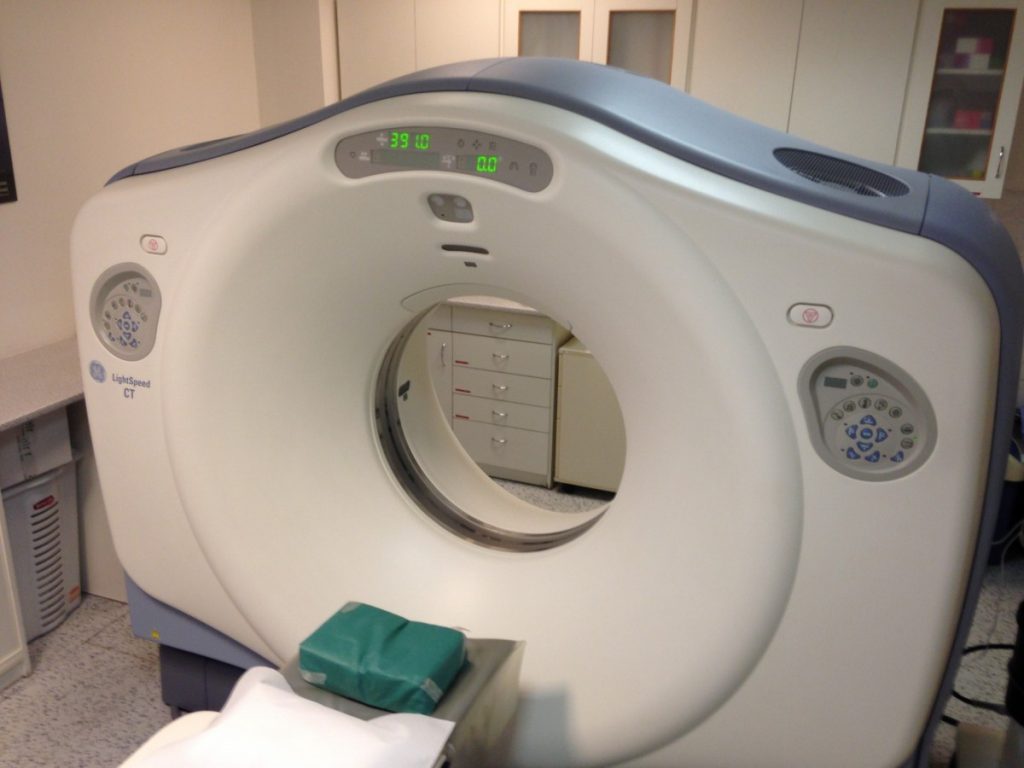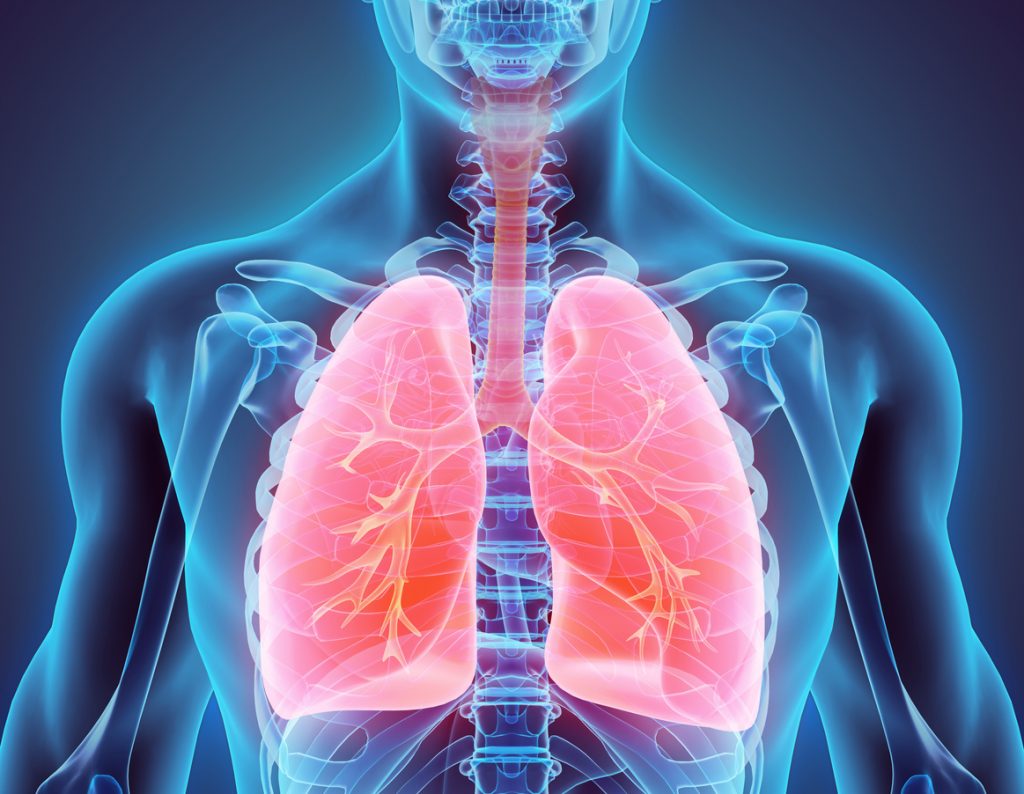To determine the impact of surfactant protein B genetic mutations on the risk of respiratory distress syndrome in infancy.
Official Title
Conditions
– Lung Diseases- Respiratory Distress Syndrome
Study Type
Observational
Study Design
Natural History, Case Control
Further Details
BACKGROUND: Respiratory distress syndrome (RDS) is a common cause of death and morbidity in infants in the United States; approximately 1,300 die annually with this diagnosis. Understanding the underlying mechanisms that lead to RDS is crucial for improving outcomes and reducing health care costs associated with RDS. Dr. Cole and his colleagues were the first to identify a gene mutation in the pulmonary surfactant B gene (121ins2) as a cause of RDS. The alteration produces a truncated, unstable transcript but no protein is synthesized. More recently this group used the Missouri linked birth-death database and the New York birth cohort to estimate 121ins2 allele frequency. Approximately 1 per 1-3,000 individuals carry the mutation; the mutant gene appears to be codominant at the molecular level (heterozygotes express subnormal levels of surfactant B), but recessive at the clinical level. No known clinical phenotype exists for heterozygotes. The study should lead to identification of clinically useful markers of genetic risk and more rational design of treatment for lethal as well as non-lethal RDS. DESIGN NARRATIVE: The descriptive and case-control population-based studies focus on clinically significant mutations in the surfactant protein B gene and estimation of the frequency of the 121ins2 mutation in ethnically and geographically distinct populations. Dr. Cole and colleagues have described the first clinical syndrome of inherited pulmonary surfactant deficiency due to a specific mutation (12lins2) in the surfactant protein B gene that causes respiratory distress immediately after birth and is lethal within the first six months of life. To identify mutations and assess mutation frequency, the group will use denaturing high performance liquid chromatography separation of duplexed amplicons from DNA extracted from 20,000 blood spots from infants in a single, annual Missouri birth cohort and automated sequencing of heteroduplexes. To determine the clinical phenotype of infants with identified mutations, they will use identifiers from the Missouri birth-death certificate database linked to each blood spot to retrieve individual medical records for chart review. To determine whether identified mutations result in lower surfactant protein B concentrations in tracheal effluent, they will perform a case-control study of approximately 1800 infants from metropolitan St. Louis with clinically significant respiratory distress syndrome. Finally, they will estimate ethnic frequency of the 121ins2 mutation using molecular amplification and restriction enzyme digestion of DNA extracted from blood spots of infants in an Asian population (Seoul, South Korea), a Black and White African population (Cape Town, South Africa), a western European population (Oslo, Norway), and compare these to an admixed American population (Missouri).
Study Start
Eligibility & Criteria
Ages Eligible for Study: up to 1 Year, Genders Eligible for Study: Both Criteria No eligibility criteria
Total Enrolment
Contact Details
[1] F. Cole, Washington University School of Medicine [2] National Heart, Lung, and Blood Institute (NHLBI) (US)
All content and media on the HealthEngine Blog is created and published online for informational purposes only. It is not intended to be a substitute for professional medical advice and should not be relied on as health or personal advice. Always seek the guidance of your doctor or other qualified health professional with any questions you may have regarding your health or a medical condition. Never disregard the advice of a medical professional, or delay in seeking it because of something you have read on this Website. If you think you may have a medical emergency, call your doctor, go to the nearest hospital emergency department, or call the emergency services immediately.







